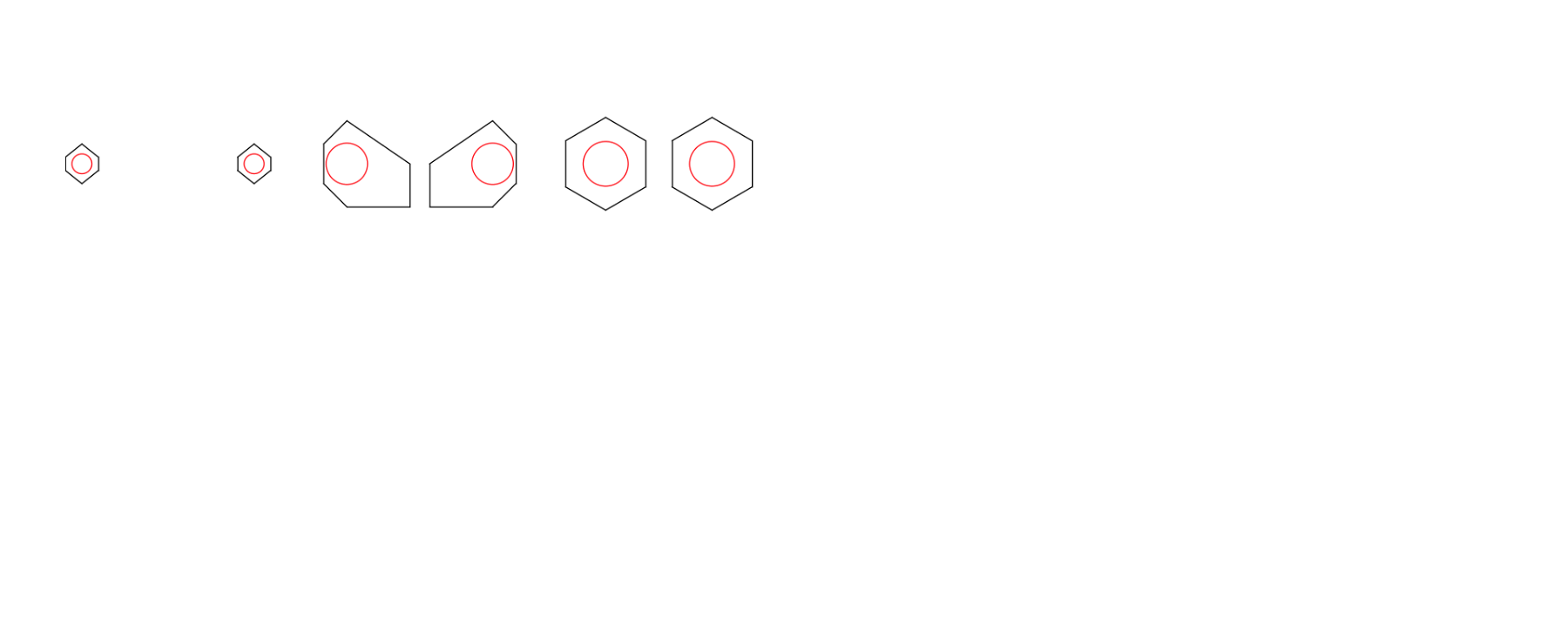SkexGen

SkexGen (SKetch and EXtrude GENerative model) is a new aproach to generate both engineering sketches and 3D mechanical parts that enables new ways to explore and control designs.

So why 'sketch and extrude'? Parametric CAD makes extensive use of the sketch and extrude modeling operations to model complex 3D shapes. Constraints are used to define the relationships between sketch elements and enable quick edits.
However, setting up these constraints is both time consuming and requires expert knowledge. Take for example this heat sink design, where we want to vary the overall size and number of fins.


SkexGen tackles this problem by firstly separating out the topology from geometry in our representation, so they can be controlled individually downstream.

As with prior work we generate a sequence of tokens based on the hierarchy of curves, loops, faces, and extrusions found in sketch and extrude construction sequences.

Here is where it gets interesting, these tokens are fed into separate Transformer encoders to encode the topology, geometry, and extrude information into separate quantized codebooks. A separate sketch and extrude decoder is used to generate a CAD construction sequence.


When we generate 2D sketches or 3D parts we can use the same code in any of the codebooks to produce results that are similar in either topology, geometry, or extrusion parameters. Here we keep the topology code the same so the designs have similar overall structure.


Code mixing can also turn 😀 into 😐.

Paper: SkexGen: Autoregressive Generation of CAD Construction Sequences with Disentangled Codebooks (ICML 2022)
Code: https://github.com/samxuxiang/SkexGen
Created By: SFU / Autodesk Research
Co-Authors: Xiang Xu (Lead author), Joe Lambourne, Chin-Yi Cheng, Pradeep Kumar Jayaraman, Yasutaka Furukawa